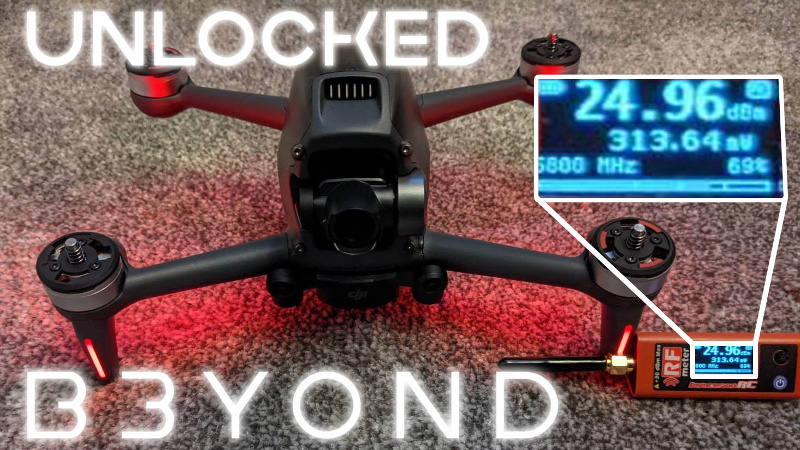Web Tool Cranks Up The Power on DJI’s FPV Drone

Apparently, if the GPS on your shiny new DJI FPV Drone detects that it’s not in the United States, it will turn down its transmitter power so as not to run afoul of the more restrictive radio limits elsewhere around the globe. So while all the countries that have put boots on the Moon get to enjoy the full 1,412 mW of power the hardware is capable of, the drone’s software limits everyone else to a paltry 25 mW. As you can imagine, that leads to a considerable performance penalty in terms of range.
But not anymore. A web-based tool called B3YOND promises to reinstate the full power of your DJI FPV Drone no matter where you live by tricking it into believing it’s in the USA. Developed by the team at [D3VL], the unlocking tool uses the new Web Serial API to send the appropriate “FCC Mode” command to the drone’s FPV goggles over USB. Everything is automated, so this hack is available to anyone who’s running a recent version of Chrome or Edge and can click a button a few times.
There’s no source code available yet, though the page does mention they will be putting up a GitHub repository soon. In the meantime, [D3VL] have documented the command packet that needs to be sent to the drone over its MODBUS-like serial protocol for others who might want to roll their own solution. There’s currently an offline Windows-only tool up for download as well, and it sounds like stand-alone versions for Mac and Android are also in the works.
It should probably go without saying that if you need to use this tool, you’ll potentially be violating some laws. In many European countries, 25 mW is the maximum unlicensed transmitter power allowed for UAVs, so that’s certainly something to keep in mind before you flip the switch. Hackaday isn’t in the business of dispensing legal advice, but that said, we wouldn’t want to be caught transmitting at nearly 60 times the legal limit.
Even if you’re not interested in fiddling with drone radios, it’s interesting to see another practical application of the Web Serial API. From impromptu oscilloscopes to communicating with development boards and conference badges, clever developers are already finding ways to make hardware hacking easier with this new capability.
[Thanks to Jules for the tip.]
from Blog – Hackaday https://ift.tt/3u7pldQ

Comments
Post a Comment